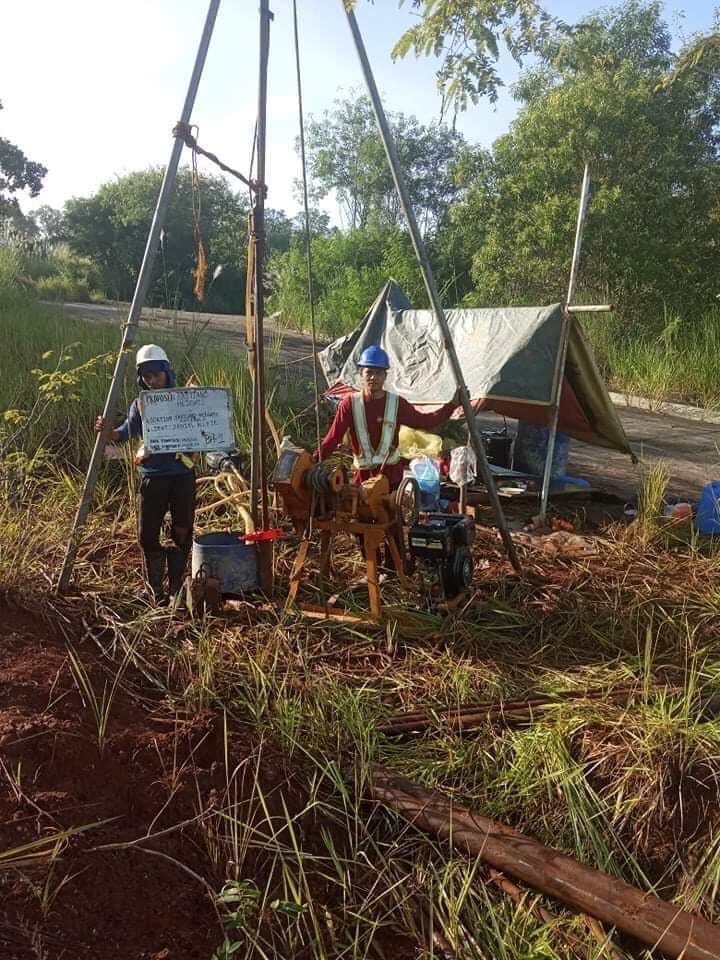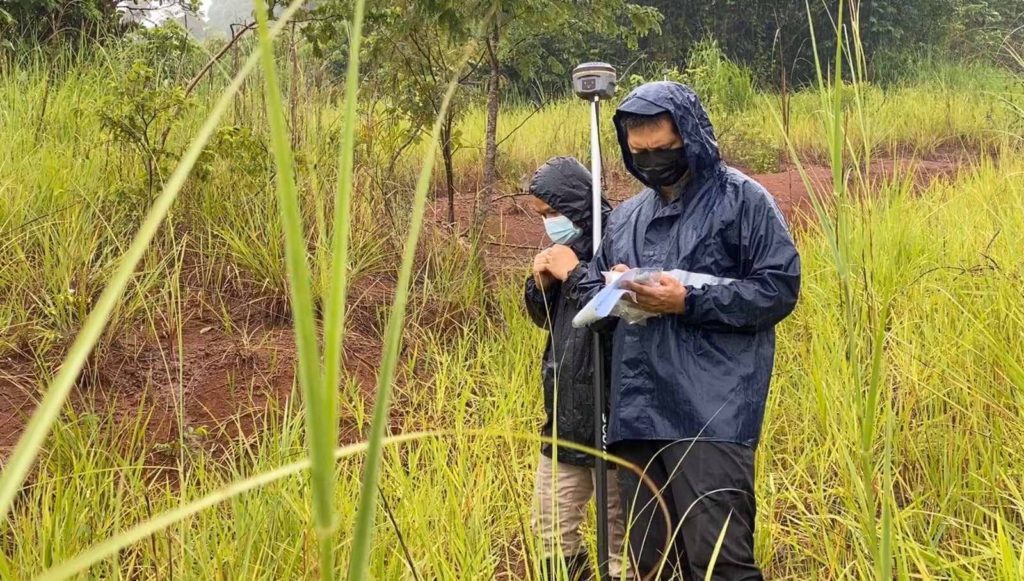More often than not, factors such as the property’s accessibility, safety, weather, and elevation are the main concerns of buyers. An overlooked part, however, which is actually one of the most crucial, is the soil test and topographical survey.
The main reason for performing the soil test and topographical survey is to help builders understand the nature of the land and ensure that the building to be constructed on that location will be safe and secure. The materials to be used on the project will depend largely on the reports of the survey, which will then affect the entire process of building your home.
What is a topographical survey?
A topographical survey helps civil engineers “understand the form, nature of land, natural or man-made formation on the land, land boundaries of the plot meant for construction and clear the legal aspect related to the land” (Ground Engineering Ltd, 2017).
This is done before the actual construction begins since the maps and contours created during the survey will be used as the base map. Features such as above land structures, both man-made and natural, utility poles, walkways, wells, manholes, walls, trees, and soil density are all taken into consideration for the topographical survey (Ground Engineering Ltd, 2017).

What is soil testing?
To ensure the stability of the soil where the structure is to be built, soil testing is administered. It determines the chemical and physical nature of the soil, and “shows the bearing capacity of the soil and how the moisture level in the soil will change during different seasons” (Ground Engineering Ltd, 2017).
Identifying the characteristics of the soil is important to determine its ability to support your structure. It enables you to:
- Determine the suitability of the soil and assess whether it can accommodate your construction project
- Identify the different types of soil on your site and their location
- Test your soil for strength, density, compaction, contamination, organics and sand content, and assess their impact on your construction project
- Gain the data you need to compile technical and safety data reports to support planning permissions and license applications
- Get precise results and observe the development of the soil throughout your construction project for maximum quality and safety (SGS Philippines, Inc., 2020).
Performing the solid test can save you time, pain, and money in the long run because from the initial stages of building your home, you can already determine if the soil is loose or is already tight enough to support your structure.
If it is found to be loose or full of absorptive clay, extra foundation is needed to ensure the strength and durability of the structure. Pinpointing these features beforehand can save you from costly repairs in the future.
When should you get your soil tested?
There are three options when you can perform the soil test. First, the most common timing is after the heavy equipment has already dug the foundation, but before footings have been placed. Second, before buying the land and putting in writing that the property should pass the soil test before you buy it. And third, during the construction process itself.
According to Legal Eagle Contractors (2020), it is important to note that “soil tests during the buying and pre-construction phase before the land has been dug into are more expensive than after the heavy equipment has already dug the foundation.”
While you may think that this is just an additional burden for you, performing this oftentimes overlooked step can help you in the long run. This way, you will not have to question and worry about the strength and stability of your dream home because there are built foundations strong enough to support your structure.
References
Ground Engineering Ltd. (2020). Soil testing and topographical survey help builders understand the soil better. Retrieved from https://groundengineering.wordpress.com/2017/05/04/soil-testing-and-topographical-survey-help-builders-understand-the-soil-better/
Legal Eagle Contractors. (2020). How a Soil Test Can Save You Time, Pain & Money on a New Home or Large Room Addition. Retrieved from https://legaleaglecontractors.com/soil-tests-for-new-homes/
SGS Philippines, Inc. (2020). Soil testing. Retrieved from https://www.sgs.ph/en/construction/project-management/services-during-design/geotechnical-services/soil-testing

